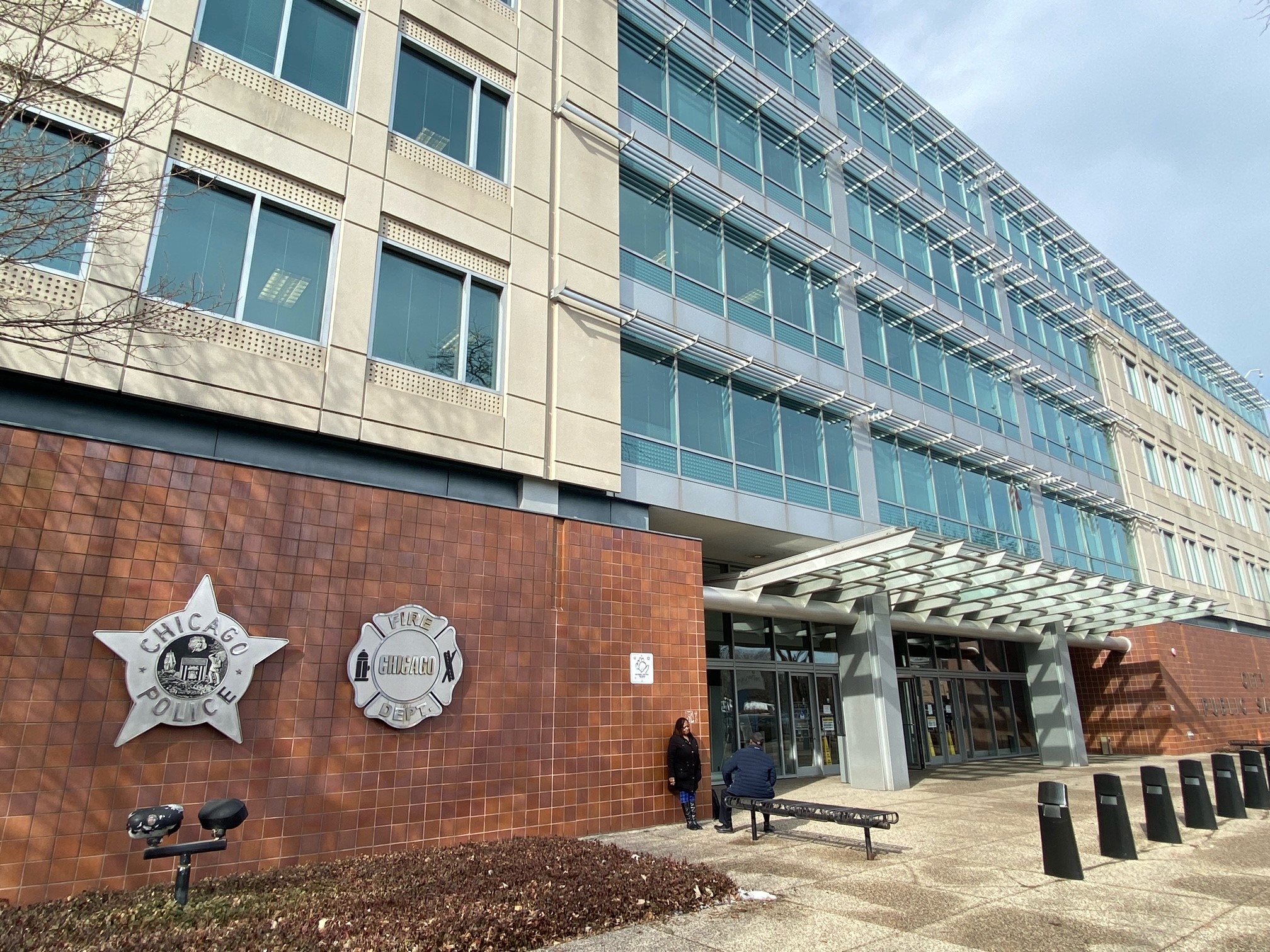Her story may very well rank as Illinois’ coldest case.
No one knows who she is but authorities in Grundy County are hoping new breakthrough technology could reveal her identity.
Officially, she is known as Jane Seneca Doe. When her body was found on a roadside in rural Grundy County in October of 1976, she carried no identification but was believed to have been between 18 to 23 years old.
And she had been shot once in the head.
“She had a multi-colored knit red and white black sweater wrapped around her head, as well as a plastic bag,” said Brandon Johnson, the deputy chief coroner of Grundy County. “And it appears she was dumped at the site.”
The only object found in the young woman’s pocket was a bottle of wine but the ensuing investigation yielded nothing.
On Thanksgiving Day of 1976, she was buried in an unmarked grave and she remained there for over 40 years.
Local
“That time in the seventies, it was a different time,” Johnson said. “There were a lot of people that just kind of vanished.”
It was a time of no internet and limited information. But times changed. The World Wide Web exponentially expanded records and contacts. DNA became a useful tool in law enforcement.
And then something else happened--people started buying and giving home ancestry kits. Genealogy was made scientific and simple, and suddenly, millions of genetic profiles became available.
“It’s changing the forensics world for the better,” Johnson said. “And I’m hoping this is going to give us a break.”
Last December, the coroner had Doe’s body exhumed, and a sample was removed for DNA analysis. Johnson enlisted the help of the DNA Doe Project, which uses the massive databases of modern ancestry sites to attempt matches with unidentified people.
“We identify John and Jane Does using the same genetic genealogy that has been used to help adoptees find their birth parents,” says Dr. Colleen Fitzpatrick, DNA Doe’s co-founder. “We’ve solved cases based on third cousins, or even more distant.”
That’s important because DNA Doe researchers search databases, which could be populated with the genetic profiles of potential relatives, not the victims themselves. But they have had numerous successes and in the area of forensics, it’s an exploding frontier.
“It’s very powerful,” she said. “And I can see it being very useful in a number of scenarios that conventional investigative techniques just don’t work.”
The technology is complex, but the strategy is fairly simple. DNA Doe runs a victim’s profile through sites such as GEDMatch, which aggregates profiles gleaned from genealogy sites like Ancestry.com and 23andMe.
What they’re looking for are relatives of their victim. Score a match, and chances are that person knows that someone in their family’s history went missing.
“It’s sort of a whole network of relatives that you try to piece together and find out how they connect,” Fitzpatrick said. “And then therefore, how they connect to your Jane Doe.”
Experts refer to the field as “forensic genealogy,” and there have been some remarkable breakthroughs. In the most famous case, dubbed the “Golden State Killer,” authorities made an arrest after constructing a family tree of the suspect using uploaded DNA profiles.
That case dated back to 1974. Fitzpatrick said her oldest success story, a 15-year-old girl out of Oregon, had baffled authorities since 1971.
There are two potential hitches. Privacy concerns have caused limitations on how the vast GEDMatch database can be used by police. Though more and more of the site’s clients are opting in. Out of more than 1.25 million kits, over 120,000 customers have OK’d their profiles for law enforcement use.
For her part, Dr. Fitzpatrick said she thinks the privacy discussions have been healthy.
“For a long time, law enforcement and genealogists didn’t mix,” she stated. “Now we have a reason to work together. There’s going to be a negotiation period where we both understand the needs of each side, and acknowledge and respect that.”
The larger issue may be time. Jane Seneca Doe died in 1976. Had she survived, she would now be in her sixties. Potential relatives are getting older themselves.
“We’re fighting against the clock at this point,” Johnson said. “If her parents were still alive, they’d have to be in their eighties, maybe nineties. But I’m hoping we’ll still be able to connect with another relative.”
Johnson says he remains hopeful that his victim’s relatives may provide the key to unlocking questions which have eluded authorities for 43 years.
“Who was she? Where was she from? Why was she killed? Who would have done that?”
Johnson has made solving his Jane Doe case something of a mission. It’s a remarkable quest for a public official who was born 15 years after she died.
“It’s just bothersome that somebody could be dumped like that and buried in an unmarked grave for so many years, not to be missed or have any closure or justice,” he says. “I don’t think anybody deserves to be treated that way.”



